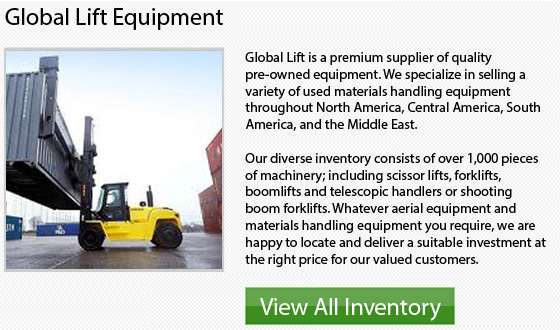
Inside the Salzgitter Group, Peiner Trager GmbH represents technology and steel, a comprehensive delivery program. This specific portion specializes in successful development for particular steel and purposes.
Ever since the year 1876, I-shapes are rolled in Peine. The Peine beam, a parallel wide-flange-beam, known across the globe as "Peiner Trager" was developed here, and for the very first time, was patented and presented in 1914.
The production program for beams of the company has been permanently improved, optimized and adjusted to the special needs of our customers ever since.
Peiner has proved to be a beneficial and reliable partner. They provide a wide variety of pre-fabrication work up to the finishing and supply of ready-to-assemble constructions for production unit building requirements, steel structures and bridge-building .
Peiner provides the most modern processes and installations. The company's promptness and reliability is ready to become the competent partner for stockholders and fabrication and assist clients.
The best service assistance is given to both final investors and fabricators which comprises distinct cost reduction and high competitiveness. These services comprise supply of ready-to-assemble construction units, reduction lead times, reduction of handling and addition of the capacities of steel-fabricators.
Steel is a high-quality, attractive quality product which is utilized in numerous businesses. Steel is normally utilized in the construction and automotive industries because of its tailor-made product properties and extreme versatility. Steel is an environmentally friendly material and is suitable for recycling.
Scrap metal in the hundreds of tons can be melted down into molten steel. A DC electric arc furnace can finish the process in less than 40 minutes. The molten steel is homogenized and afterward analytically refined in a downstream ladle furnace procedure. The next step involves the refined steel being subsequently cast in a 6 strand continuous bloom casting plant so as to form charging material. A vacuum plant is available for particular needs, so as to set low hydrogen and sulfur contents.
The charging material made in Salzgitter and Peine is then rolled out to form sectional products on 2 of the most efficient, modern rolling mills of their kind within the world. This is done by using the universal rolling method.